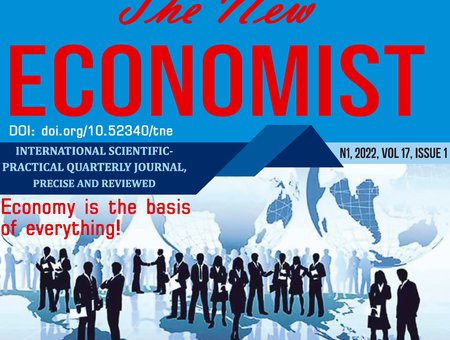The essay discusses some current issues of risk management in the Georgian tourism industry. There are proposals which presented to improve the risk management process in this very important sector of the Georgian economy, will help to improve the safe environment and increase investment opportunities.
The paper analyzes the immanent nature of risks in the sector, internal and external risk factors. The main causes of financial risks are studied, namely: lack of working capital and credit, incorrect investment policy, inflation, increased financial liabilities, declining profitability, seasonality of tourism facilities, unqualified staff, the risk of selecting tour operators and others.
There are the statistical indicators of the type of travel insurance of Georgian insurance companies for the last three years which are analyzed, namely: number of policies issued, insurance premiums attracted, reinsurance premiums, reimbursed losses and the share of travel insurance in the structure of the insurance market.
Risk insurance is considered as an effective risk management tool in the Georgian tourism industry.
There is proposed some suggestions for minimizing losses and reducing or neutralizing the probability of risk, namely: diversification of investments, cost limitation, efficient turnover of working capital, attraction of venture capital, etc.




